

Mobility problems, such as those caused by cerebral palsy, make even simple acts like drinking a sip of water difficult. Gary Lynn, a Houston resident suffering from the illness, approached Rice University’s Oshman Engineering Design Kitchen (OEDK) for assistance in making his dream of an assistive-drinking device a reality. Rice undergraduate engineering students Thomas Kutcher and Rafe Neathery stepped up to the plate, and the result is RoboCup, a robotic gadget that allows people with limited mobility to stay hydrated without assistance.
“We wanted to make it possible for people with cerebral palsy or similar mobility challenges to drink water autonomously rather than needing to rely on caregiver assistance,” said Kutcher, who is a bioengineering major. “The device is designed for wheelchair users who might have trouble holding a cup, and our hope is that it will grant users greater freedom.”
Anyone with a 3D printer can build their own RoboCup by downloading the instructions, which are free on team RoboCup’s OEDK website. Kutcher and Neathery considered issues of intellectual property and business in order to ensure that the outcome of their work will be beneficial and accessible to those in need. Finally, they decided to make RoboCup available for free.
RoboCup may be put to users’ wheelchairs and adjusted to meet their specific mobility requirements. Depending on the user’s needs or preferences, the battery-powered device is triggered by a proximity sensor or a button.
“We asked professionals working with people who have needs similar to Gary’s about what we could do to improve the device,” Kutcher said. “They really liked our project and confirmed its potential, but they also pointed out that in order to reach as many people as possible, we needed to incorporate more options for building the device, such as different types of sensors, valves and mechanisms for mounting the device on different wheelchair types.”
Making the technology more accessible also meant making it simpler. Some of the most intricate or expensive elements were deleted, and substitutes were identified for unique parts that required specific equipment to be created.
“It was a challenge walking that thin line between simplifying the device and sacrificing functionality or robustness,” said Neathery, who is a mechanical engineering major. “We wanted to keep it working well while still making it simpler and cheaper. Balancing all these considerations was really tricky, but we did get to a point where it’s now a lot easier to 3D print and assemble the device using simple, readily accessible tools.”
Lynn worked closely with the kids to optimize the design, which went through multiple versions. The camelback prototype was rejected in favor of the mounted cup-and-straw variant, which Lynn claimed looked better and interfered less with locomotion.
“The current design was more appealing to Gary, and we think it’ll be more appealing to other users as well,” Neathery said.
“This team ⎯ our students and Gary ⎯ were so persistent and willing to keep modifying the design until they got a workable system,” said Maria Oden, a professor of bioengineering, OEDK director, co-director of the Rice 360° Institute for Global Health and the team’s mentor. “Our engineers were willing to take hard feedback from Gary when the device did not work as well as we hoped and keep at it until they got a design that is much improved. In addition, they wanted to make sure that the design was accessible to those who wanted to make one.”
Gary and his mother, Andrea Lynn, both expressed hope that the effort will raise attention to the problems of people with disabilities who have difficulty doing simple things like drinking water.
“This cup will give independence to people with limited mobility in their arms,” Gary Lynn said. “Getting to do this little task by themselves will enhance the confidence of the person using the device.”
For more information visit: Rice University
more recommended stories
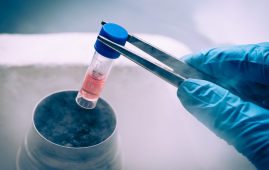 Safer Allogeneic Stem Cell Transplants with Treg Therapy
Safer Allogeneic Stem Cell Transplants with Treg TherapyA new preclinical study from the.
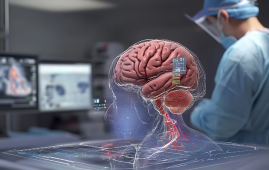 AI in Emergency Medicine and Clinician Decision Accuracy
AI in Emergency Medicine and Clinician Decision AccuracyEmergency teams rely on rapid, accurate.
 Innovative AI Boosts Epilepsy Seizure Prediction by 44%
Innovative AI Boosts Epilepsy Seizure Prediction by 44%Transforming Seizure Prediction in Epilepsy Seizure.
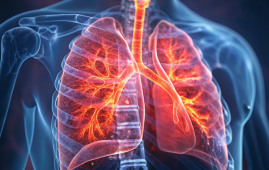 Hypnosis Boosts NIV Tolerance in Respiratory Failure
Hypnosis Boosts NIV Tolerance in Respiratory FailureA New Approach: Hypnosis Improves NIV.
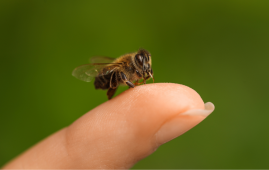 Bee-Sting Microneedle Patch for Painless Drug Delivery
Bee-Sting Microneedle Patch for Painless Drug DeliveryMicroneedle Patch: A Pain-Free Alternative for.
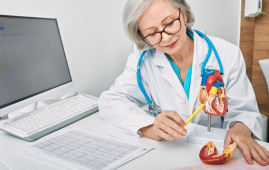 AI Reshapes Anticoagulation in Atrial Fibrillation Care
AI Reshapes Anticoagulation in Atrial Fibrillation CareUnderstanding the Challenge of Atrial Fibrillation.
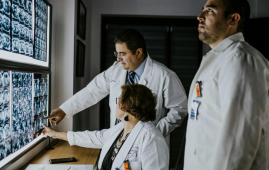 Hemoglobin as Brain Antioxidant in Neurodegenerative Disease
Hemoglobin as Brain Antioxidant in Neurodegenerative DiseaseUncovering the Brain’s Own Defense Against.
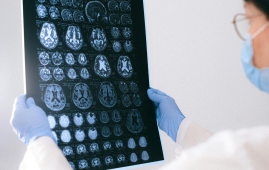 Global Data Resource for Progressive MS Research (Multiple Sclerosis)
Global Data Resource for Progressive MS Research (Multiple Sclerosis)The International Progressive MS Alliance has.
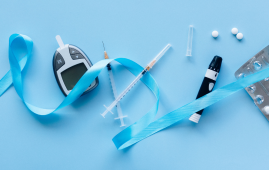 AI Diabetes Risk Detection: Early T2D Prediction
AI Diabetes Risk Detection: Early T2D PredictionA new frontier in early diabetes.
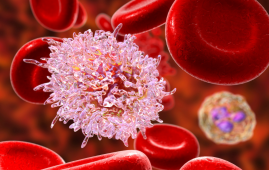 Cancer Cells Learn to Self-Report: A New Frontier in Immunotherapy
Cancer Cells Learn to Self-Report: A New Frontier in ImmunotherapyHow a Drug Complex Enables Immune.

Leave a Comment